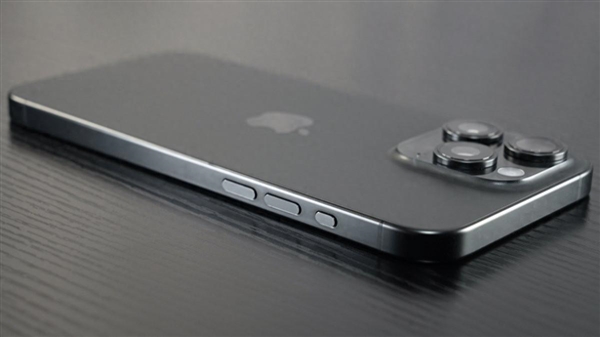Home >Mobile Tutorial >Mobile News >Apple reduces costs by using QLC flash memory instead of TLC, but brings lower lifespan and performance
Apple reduces costs by using QLC flash memory instead of TLC, but brings lower lifespan and performance
- PHPzforward
- 2024-01-17 12:30:211240browse
According to news on January 17, Apple’s upgrades are becoming increasingly difficult to understand. The iPhone 16 series will use slower QLC flash memory.
According to the latest news from the supply chain, Apple may change the storage capacity and no longer use three-layer cell (TLC) NAND flash memory, but use four-layer cell (QLC) on models with storage capacities of 1TB or more. ) NAND flash memory.
Compared with TLC, the advantage of QLC is that each storage unit can store four bits of data, which can store more data than TLC when using the same number of units, or use fewer units to store more data, which can reduce production costs.
In addition, QLC flash memory is considered less reliable than TLC flash memory, and the endurance of written data will be reduced because each cell is written more times because each cell contains one more bit.
QLC NAND flash memory can store 16 different charge levels, while TLC can only store 8 charge levels. When reading data, as the amount of charge increases, the margin decreases, which may lead to increased bit errors due to increased noise.
If Apple continues with this plan, users of some versions of iPhone 16 may experience slower data writing speeds than low-capacity users.

The above is the detailed content of Apple reduces costs by using QLC flash memory instead of TLC, but brings lower lifespan and performance. For more information, please follow other related articles on the PHP Chinese website!

